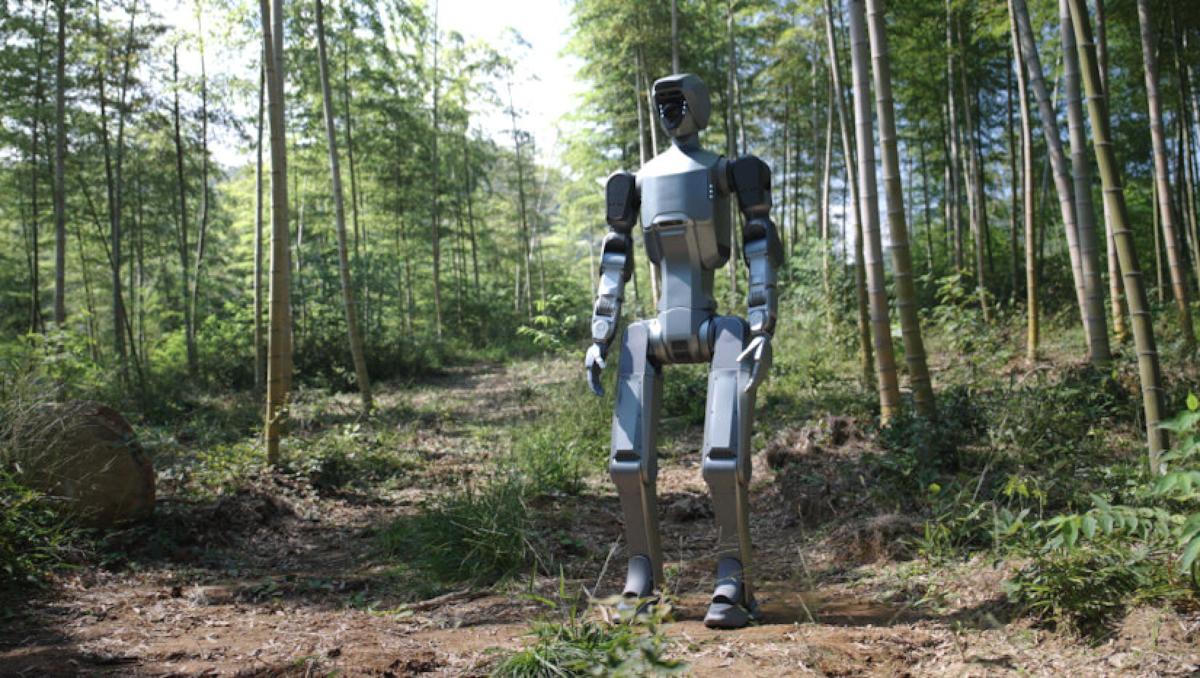The AI bubble might pop, but Kong CEO Augusto “Aghi” Marietti told Business Insider he thinks it’ll be worth it.
AI companies will ultimately need the massive infrastructure projects they’re now spending so much on to build, he said.
“We’re in this new builders era where it’s a very singular moment where we are going to probably deploy more capex and more capital for enabling the AI era, and we need it,” Marietti told Business Insider.
Marietti said that energy-related issues are likely to be the primary bottleneck that stunts AI growth. Business Insider has documented how AI companies are so desperate for power for their large data centers that some are building self-contained supplies.
“We don’t have the energy we need to power all the GPUs in the following year,” he said.
Wall Street, however, is concerned about the sustainability of the capex spending craze by leading AI startups and other Big Tech companies, which is generating all kinds of bubble talk. A Business Insider analysis found that Amazon, Microsoft, Meta, and Google could spend an estimated $320 billion on capex, primarily for AI-related needs.
OpenAI CEO Sam Altman said in August that he agrees AI could be in a bubble phase, echoing others who have warned that the spending cannot be sustained. Some economists say capex spending is so high right now that it is propping up the entire US economy.
Like Altman and others, Marietti compared the current spending to the building of railroads in the US in the 19th century. AI optimists argue that AI, like the railroads, will fundamentally transform the economy, and therefore, massive expenditures are needed to lay the groundwork for what’s to come.
“Some railroads were deployed ahead of time, but then all the railroads got used,” he said. “I think in AI, we’re just deploying ahead of time, and eventually something will blow up for a little bit, but we would eventually need the infrastructure that we’re deploying anyways.”
OpenAI President Greg Brockman has suggested that soon, every person will want their own GPU, a level of demand that would require massive expansion by his company and others.
Marietti said even “a down moment” won’t stop what’s coming down the tracks.
“After that, we’ll still use all the infrastructure that we build,” he said. “We still use the railroads that we deployed 150 years ago ahead of time.”








